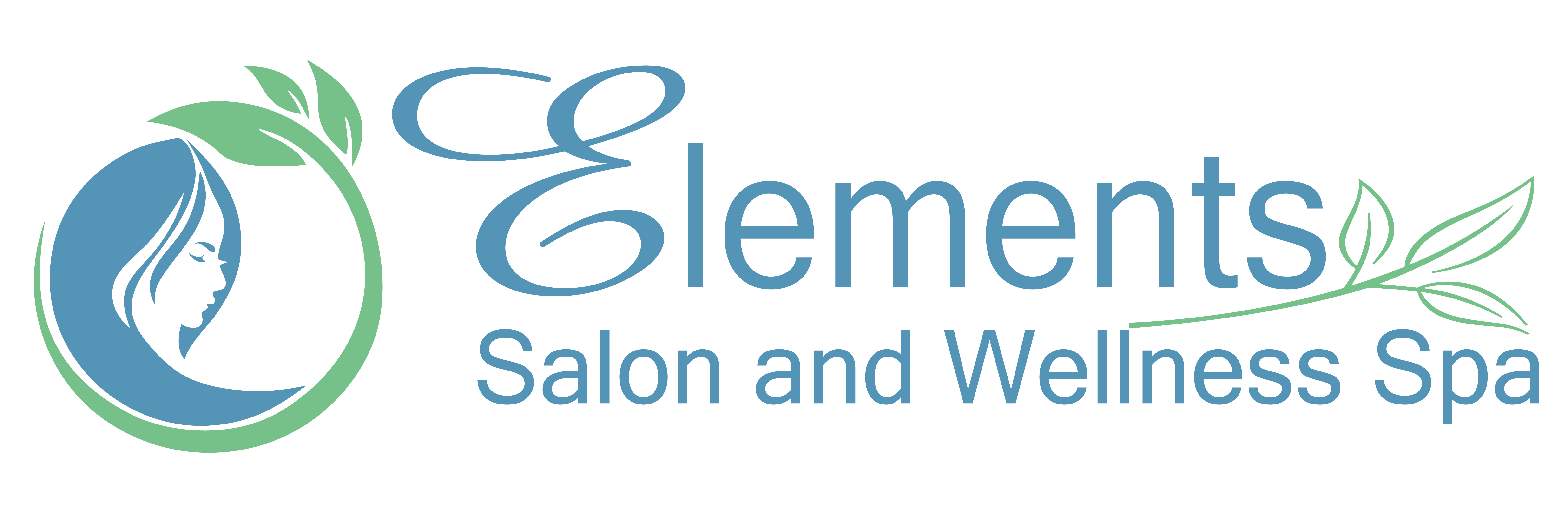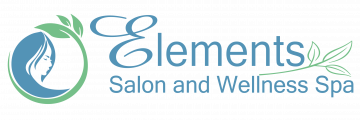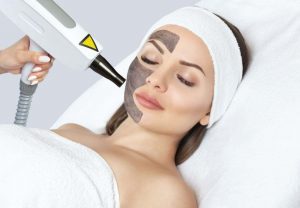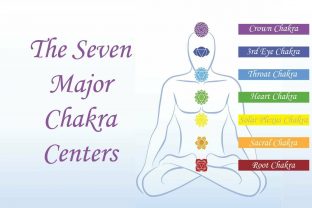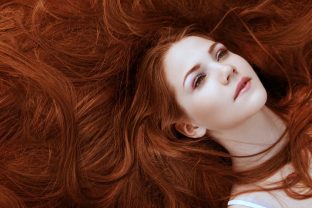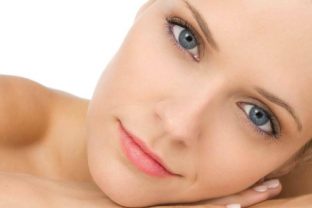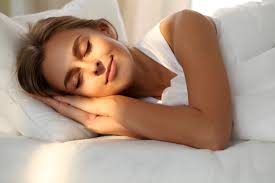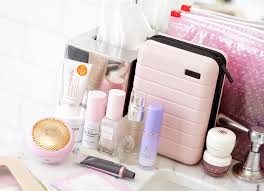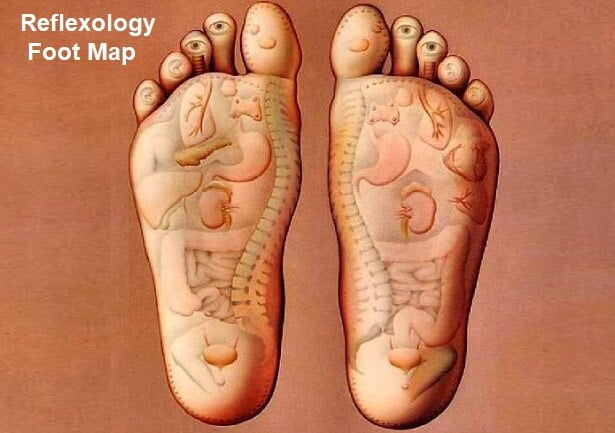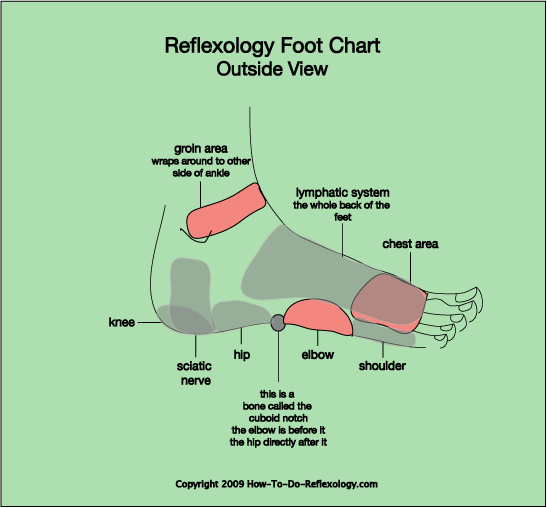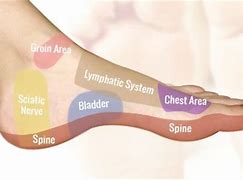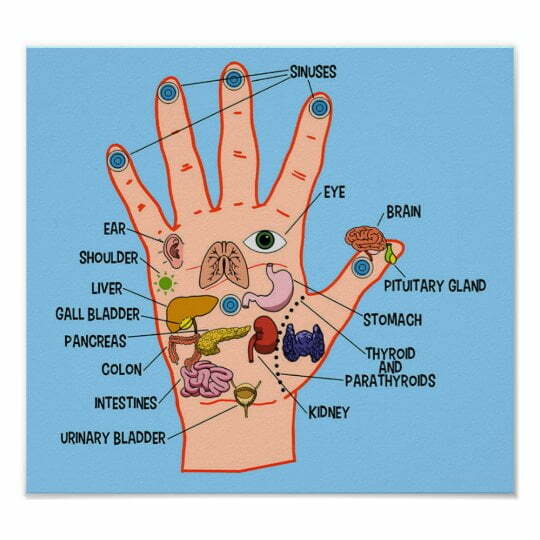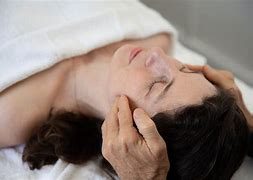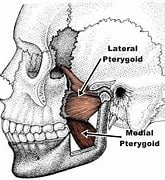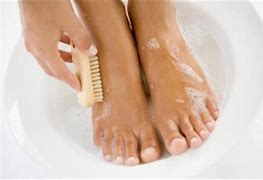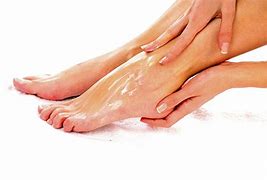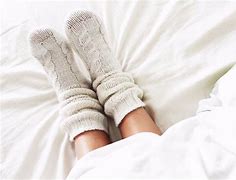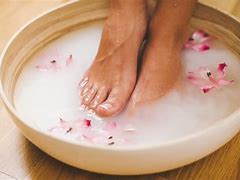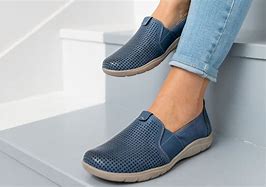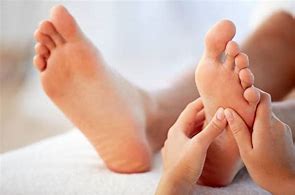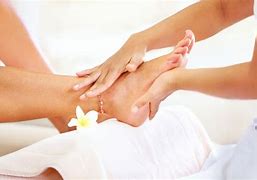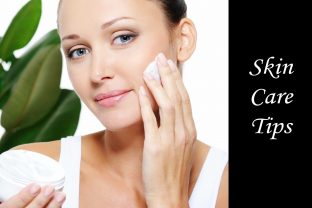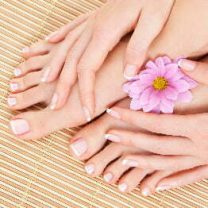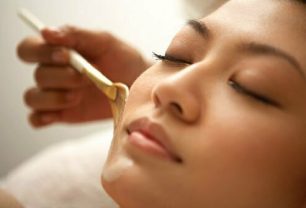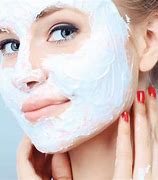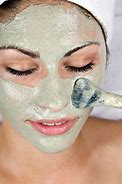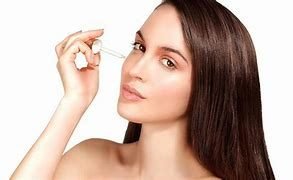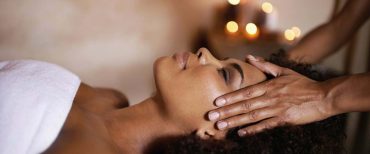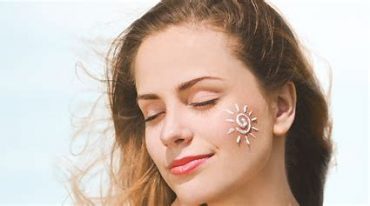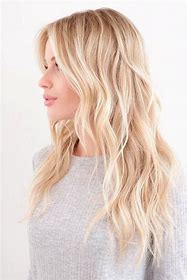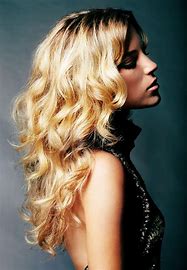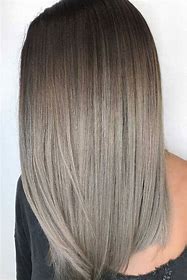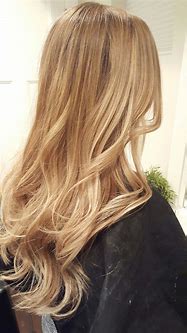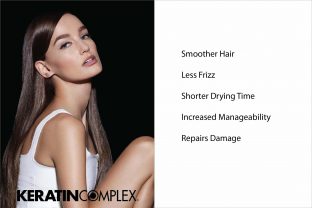The laser carbon peel is a virtually pain free procedure with little to no down time.
It’s used primarily by people with oily skin, acne, enlarged or clogged pores, melasma, and fine lines and wrinkles. This treatment is also beneficial if you’re starting to see the effects of sun damage to your skin.
What are the benefits of a laser carbon peel?
Laser carbon peels deeply exfoliate the skin. They also help stimulate collagen production.
Laser carbon peels are used to treat:
- acne pigmentation
- acne scarring
- enlarged and clogged pores
- melasma
- fine lines and wrinkles
A laser carbon peel uses heat and requires virtually no down time. People with sensitive skin or skin conditions like eczema will usually experience less redness and irritation after a carbon peel than they would from a chemical peel.
What’s the procedure for a laser carbon peel?
A consultation will be done prior to the service to be sure you are a candidate.
Retinols should be stopped for around one week before the laser carbon peel. You should also use sunscreen daily during this time.
The laser carbon peel is a multi-part process that takes around 30 minutes from start to finish. For this reason, it is sometimes referred to as a lunchtime peel.
Here’s what you can expect from a typical laser carbon peel:
- Your skin will first be cleansed.
- Then a layer of liquid carbon will be spread onto your face. The liquid carbon absorbs oil, dirt, and dead skin cells from deep within the pores.
- The liquid carbon takes about 10 minutes to dry.
- You will be given eye shields to protect your eyes from the laser.
- A laser will be used over the skin on a low-energy setting. This heats up the carbon, binding it to the epidermis.
- The laser also heats up sub-dermal tissue, boosting collagen and plumping up fine lines.
- On a higher-energy setting, the laser will be used to fragment the liquid carbon into tiny particles.
- A smoke evaporator may also be used with the laser to help remove the carbon as well as the debris and impurities.
- A hydrating moisturizer or serum and sunscreen may be applied to your skin after treatment.
You should immediately see brighter, glowing skin and tighter pores.
If you have sensitive skin, you may experience a slight pinking or reddening of the skin. This usually lasts for one hour or less.
What’s aftercare like for a laser carbon peel?
- Treat your skin gently after getting a laser carbon peel by continuing to moisturize daily.
- It’s normal to see some flaking or experience dryness for a few days.
- Use sunscreen regularly with at least SPF 30+ for several days after treatment.
- Don’t use any products containing retinol for at least five days after treatment.
- Do not exfoliate or use any abrasive or invasive skin treatments for at least one week.
- If you have oily skin, use products designed to combat acne to maintain optimum results.
What are the side effects of a laser carbon peel?
Apart from a slight reddening of the skin and a tingling sensation, there should be no side effects after a laser carbon peel.
It’s important to have this procedure done by an experienced and licensed professional. This will help to ensure the safety of your skin and eyes as well as provide optimal results.
Conclusion
Laser carbon peels can refresh and improve the look of skin, the treatment is best for people with oily skin, enlarged pores, acne, sun spots and melasma.
Laser carbon peels are virtually painless, and require no recovery time. Other than mild and temporary redness, there are no reported side effects. Experience brighter and glowing skin with the Carbon Laser Peel!
Call today and schedule a free consultation (702) 685-3333
